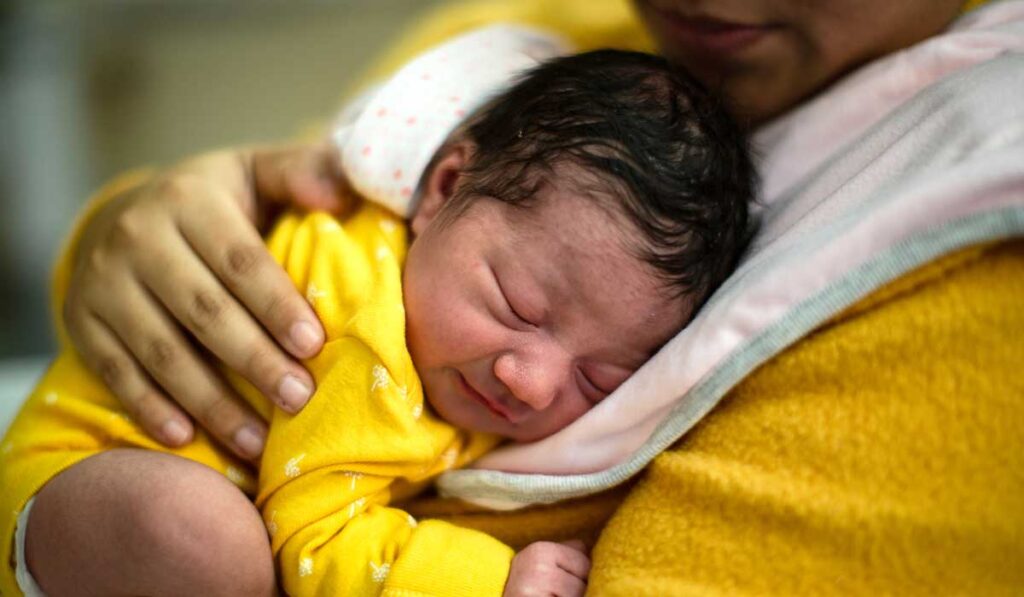A published predictive model and website application are a first step in helping clinicians tailor treatment of of neonates at risk for neonatal abstinence syndrome (NAS) more appropriately.
Stephen Patrick, M.D., a neonatologist and director of the Center for Child Health Policy at Monroe Carell Jr. Children’s Hospital at Vanderbilt, is the primary investigator on this work. Patrick says without a predictive tool, all opioid-exposed infants are managed in the same way, regardless of their true risk of developing the syndrome.
“In the U.S., one infant with neonatal abstinence syndrome is born about every 15 minutes,” Patrick said. “Many are observed excessively.”
“One infant with neonatal abstinence syndrome is born about every 15 minutes. Many are observed excessively.”
Instead of the normal one to three days in the hospital, Patrick says opioid-exposed infants stay four to seven days, per American Academy of Pediatrics recommendations. “This long period of observation increases heath system costs and may also interfere with bonding if infants are transferred to a neonatal intensive care unit.”
Model Development and Validation
The researchers studied Tennessee Medicaid records on 218,020 maternal-infant dyads, among whom 3,209 of the infants had an NAS diagnosis. They first developed a general population model that accounts for 30 demographic and prenatal exposure covariates during pregnancy.
They then developed a second model for infants at high risk of having withdrawal, by isolating nine factors most pivotal in NAS: maternal age, gestational age, birthweight, sex, number of cigarettes per day, opioid type, and exposure to hepatitis C, benzodiazepines or gabapentin.
Both models discriminated well between infants who developed the syndrome and those who did not. Patrick says the simpler tool with fewer covariates is available online and will be pursued in future studies.
Validation will require large numbers in a clinical cohort, Patrick noted. “We are using data from Vanderbilt patients to understand how it performs in a real-world situation,” he said. “A pragmatic clinical trial would be next.”
Family-centered Recovery Assistance
The NAS predictive model complements existing initiatives which engage neonatology, obstetrics, addiction medicine and pediatrics in broadly supporting pregnant women with opioid use disorder and their families. The Vanderbilt Maternity Addiction Recovery Program is one such initiative. Team Hope, a program to improve the care of opioid-exposed infants and their mothers, is another. “Team Hope laid the groundwork for our CMS model,” Patrick said.
“Centers devoting resources to excess observation in the hospital could instead use those resources to enhance family support and addiction treatment.”
The new model dovetails with these kinds of initiatives for spending more strategically on maternity and neonatal care. “Our hope is that sometime in the future, centers devoting resources to excess observation in the hospital could instead use those resources to enhance family support and addiction treatment,” he said. “All of these efforts move us toward a more sustainable way to provide care – furnishing more resources upstream, rather than reacting to the problem in our hospitals.”






